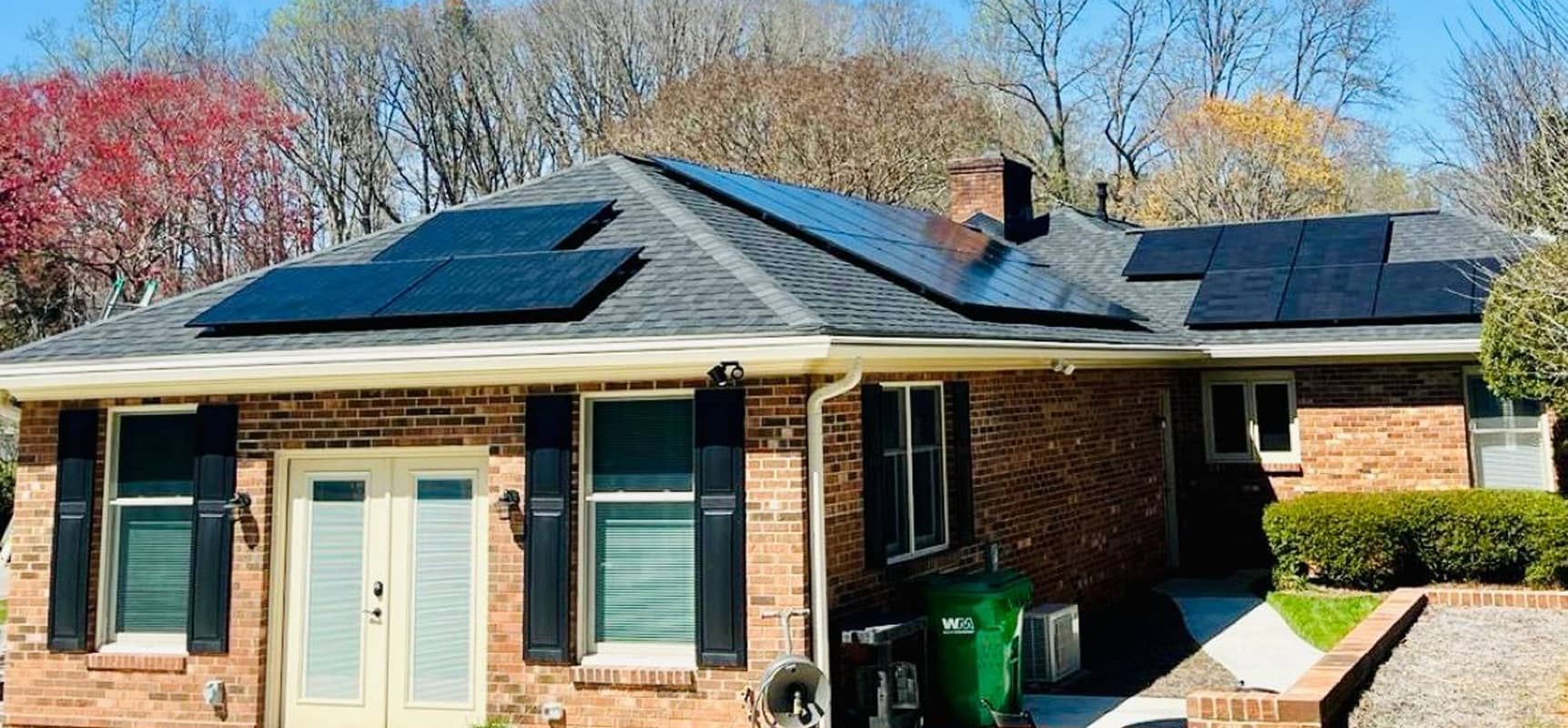Energy storage for electricity generation
Apr 02, 2024
Energy storage for electricity generation
An energy storage system (ESS) for electricity generation uses electricity (or some other energy source, such as solar-thermal energy) to charge an energy storage system or device, which is discharged to supply (generate) electricity when needed at desired levels and quality. ESSs provide a variety of services to support electric power grids. In some cases, ESSs may be paired or co-located with other generation resources to improve the economic efficiency of one or both systems.
Hydrogen, when produced by electrolysis and used to generate electricity, could be considered a form of energy storage for electricity generation. Thermal ice-storage systems use electricity during the night to make ice in a large vessel, which is used for cooling buildings during the day to avoid or reduce purchasing electricity when electricity is usually more expensive.
Electricity generation capacity of energy storage systems
Two basic ratings for ESS electricity generation capacity1 are:
Power capacity—the maximum instantaneous amount of electric power that can be generated on a continuous basis and is measured in units of watts (kilowatts [kW], megawatts [MW], or gigawatts [GW])
Energy capacity—the total amount of energy that can be stored in or discharged from the storage system and is measured in units of watthours (kilowatthours [kWh], megawatthours [MWh], or gigawatthours [GWh])
Utility scale or large scale have at least 1 MW of net generation capacity and are mostly owned by electric utilities or independent power producers to provide grid support services.
Small scale have less than 1 MW of net generation capacity, and many are owned by electricity end users that use solar photovoltaic systems to charge a battery. EIA publishes data only for small-scale battery ESS.
ESSs are not primary electricity generation sources. They must use electricity supplied by separate electricity generators or from an electric power grid to charge the storage system, which makes ESSs secondary generation sources. ESSs use more electricity for charging than they can provide when discharging and supplying electricity. Because of this difference, EIA publishes data on both gross generation and net generation by ESSs. Gross generation reflects the actual amount of electricity supplied by the storage system. Net generation is gross generation minus electricity used to recharge the storage system and the electricity consumed to operate the energy storage system itself. Net generation from ESSs is reported as negative in EIA data reports to avoid double counting the generation from charging sources for ESSs and the generation from ESSs. The difference between gross and net generation varies widely by type of ESS.